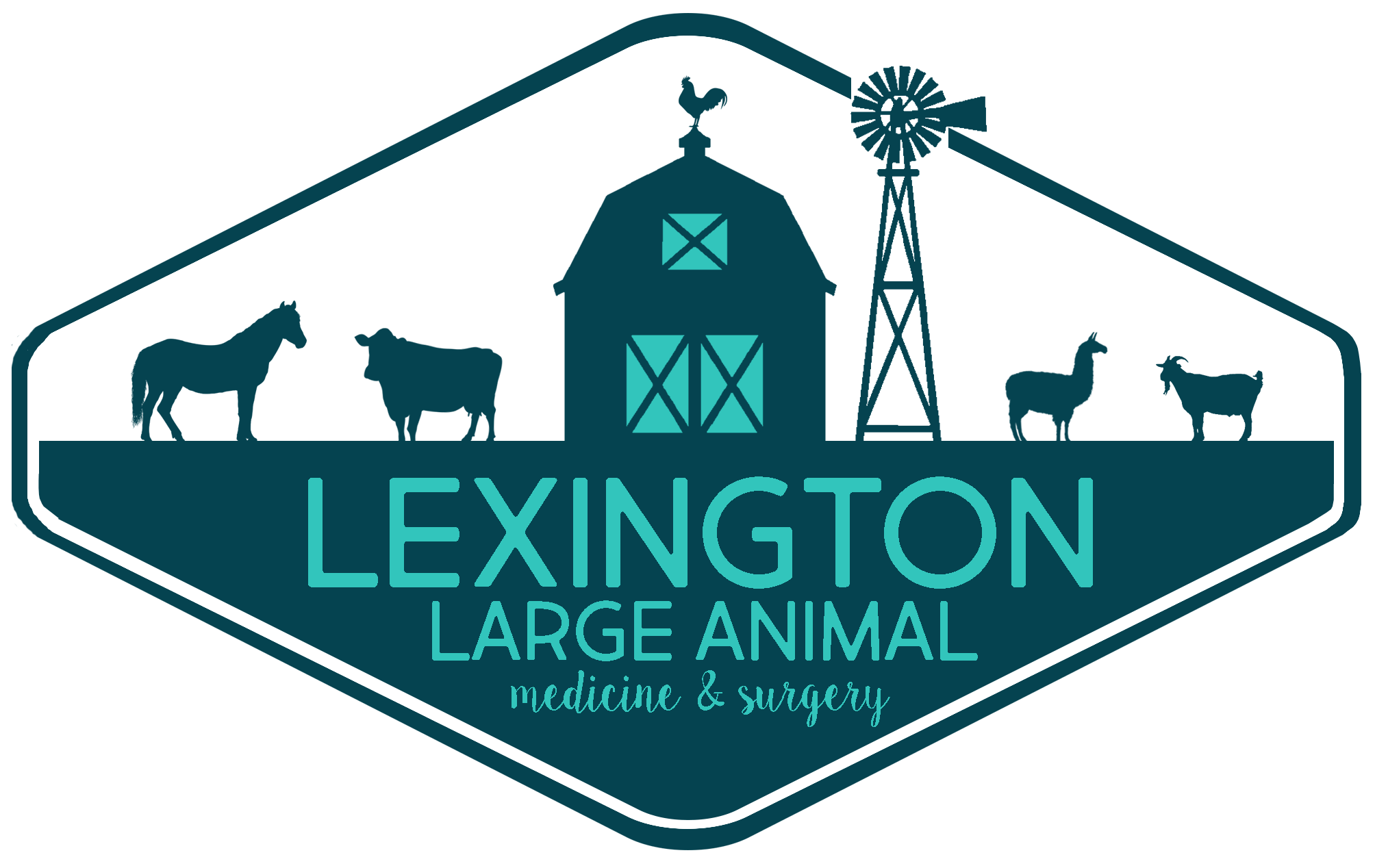Library
-
Imidocarb dipropionate is an injectable medication that is administered by a veterinarian to treat babesiosis in dogs. It is also used off-label to treat other protozoal infections in dogs, cats, and horses. Most common side effects include mild drooling, tearing, vomiting, or nasal drip. Do not use in pets with exposure to cholinesterase-inhibiting drugs, pesticides, or chemicals. If a negative reaction occurs, please call your veterinary office.
-
There are four major infectious diseases seen in pet rabbits: myxomatosis, rabbit hemorrhagic disease (RHD), encephalitozoonosis, and pasteurellosis. This handout discusses the causes, signs, and treatments for these diseases. Be sure to have your rabbit checked annually by a veterinarian to keep them as healthy as possible and minimize problems.
-
Rabbit hemorrhagic disease virus (RHDV) is a fatal calicivirus that affects only rabbits. It can be transmitted by direct contact with a diseased rabbit or from feces, urine, or hair from a diseased or dead rabbit. There is no known treatment, but an American-made vaccine is available in the US. Europe has had a vaccine available for years.
-
Rabbit syphilis is a sexually transmitted disease caused by a spirochete organism called Treponema cuniculi. Infected rabbits will develop sores that are confined to the mucocutaneous junctions, such as the external genitals, anus, lips, nostrils, and eyelids. Treatment involves two to three weekly penicillin injections. Humans cannot contract this disease from rabbits.
-
Strangles is an infection caused by bacteria called Streptococcus equi. It is highly contagious and the infection can be spread by horse-to-horse contact or by humans, tack, drinking troughs and other environmental factors.

